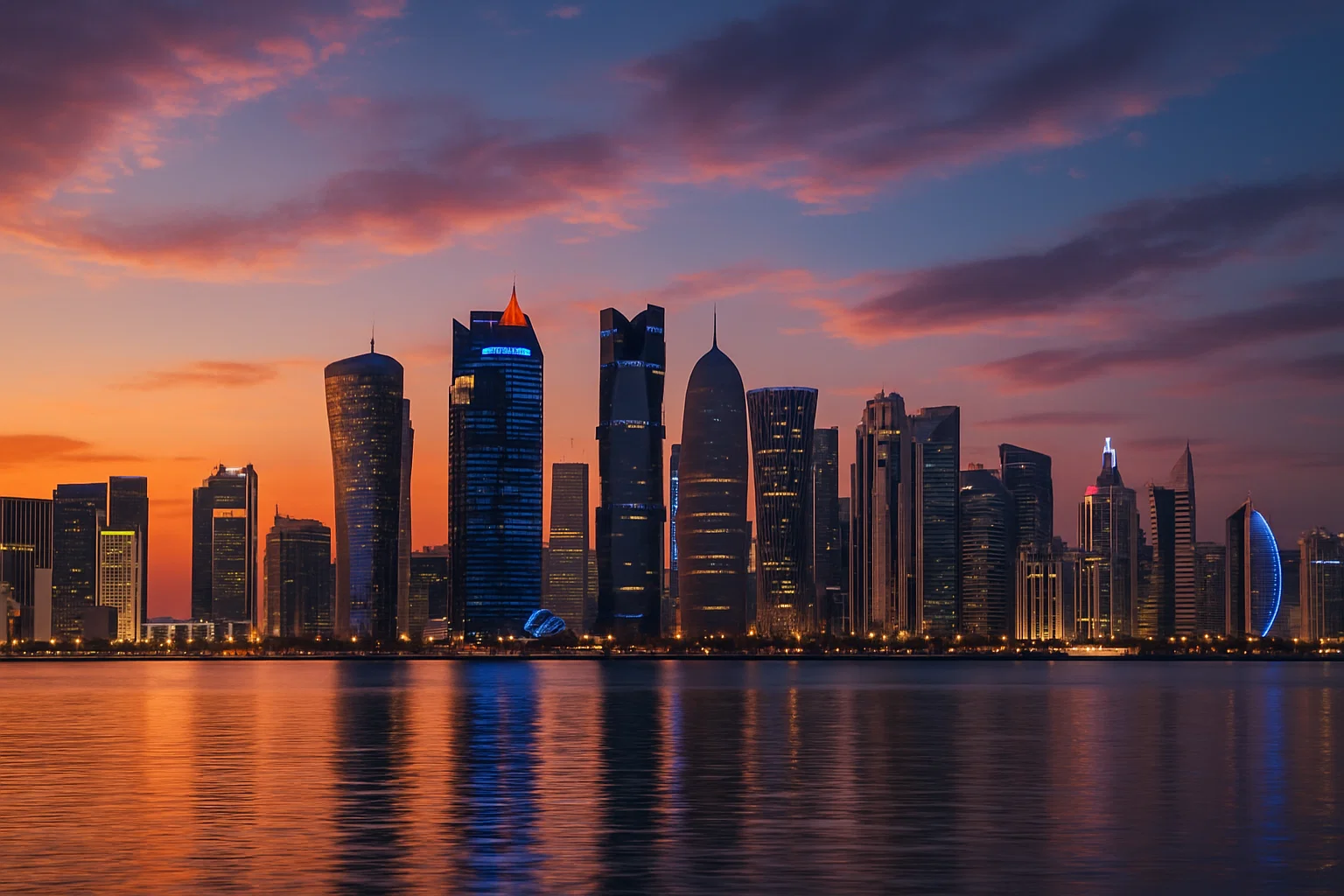Key Trends in Qatar’s Real Estate Market 2025

1. Surge in Transaction Activity & Investor Confidence
Residential sales in Qatar jumped by 114 % year-on-year in Q2 2025, reaching QAR 9.23 billion over 1,844 transactions.
Doha alone saw a 126 % increase in transaction value compared to the same period last year.
Land sales also saw strong momentum, rising ~85 % year over year, signaling that developers are reactivating large master-planned and greenfield projects.
In Q2 2025, total real estate transactions in Qatar were about QAR 8.9 billion (≈ USD 2.4 billion), up ~29.8 % YoY, with Doha, Al Rayyan, and Al Daayen leading in value.
This surge suggests renewed confidence from both domestic and foreign investors, likely tied to stronger regulatory transparency, improving economic fundamentals, and the fallout from post-World Cup infrastructure investments.
2. Residential Prices & Rental Yields — Slightly Mixed Signals
The average gross rental yield across residential properties in Qatar was ~5.13 % in Q1 2025, down from ~5.61 % in mid-2024.
For apartments in Doha, yields range from ~3.21 % to ~6.58 %.
In Lusail, apartment gross yields range from ~4.27 % to ~6.92 %.
Prices are holding up: the Qatar Central Bank’s property index showed a ~12.44 % annual increase in April 2025 vs prior year levels.
ValuStrat reports that residential capital values in early 2025 were stable, with villa prices showing modest strength.
In Q1, the number of residential sales rose ~13.2 % vs prior quarter; values increased ~3.8 %.
The typical selling price per square meter in Q1 2025: apartments ~QAR 10,420, villas ~QAR 5,500.
On the rental side, apartment rents in Q1 held around QAR 6,000/month, while villa rents averaged ~QAR 11,000/month.
In short: capital appreciation is gaining traction, but rental yields face downward pressure or stabilization in many segments.
3. Leasing & Rental Market Revival
Lease registrations in H1 2025 reached 58,246 contracts, a ~26 % increase YoY — the highest first-half total in six years.
Al Wakrah Municipality led in rental demand, particularly in neighborhoods such as Al Wukair, Al Mashaf, and Al Thumama, which are favored for affordability and good connectivity.
In Q1, leasing of apartments was most active in Al Wukair, Al Mashaf, and Al Thumama, while villa demand was centered in Soudan, Aziziyah, and Ghanim.
This revival in leasing is important — it balances the growth in sales, supports yield stability, and gives confidence to long-term investors.
4. Geographic & Project Hotspots
The Pearl, Lusail, and Doha’s prime districts remain top draws for investors and end users. The Pearl had 266 transactions in Q2, and Lusail had 125 in that same period.
Al Rayyan and Al Daayen are increasingly active in real estate deals, both in transactions and future development prospects.
Al Wakrah, as noted above, is a rising rental hub, benefitting from relatively lower costs and improving infrastructure.
On the development side, the Simaisma project is a major mega-development being built along Qatar’s eastern coastline. This beachfront development includes plans for luxury villas, a golf course, marina, resorts, and entertainment attractions.
A notable upcoming launch: Trump International Golf Course & Trump Villas in Qatar’s Simaisma area, in partnership between Qatari Diar and Dar Global, part of the broader resort development.
On commercial/office side, the Lusail Plaza Towers complex (4 towers, ~1.1 million sqm) is a key new office hub housing major institutions like Qatar Central Bank, Qatar National Bank, and Qatar Investment Authority.
These pockets — prime waterfront, smart city zones, and emerging suburbs — are likely to capture disproportionate capital flow.
5. Emphasis on Sustainability, Smart Infrastructure & Green Building
Developers in Qatar are increasingly building to sustainability certifications such as LEED and GSAS, aligned with national policies promoting green buildings and energy efficiency.
Mixed-use, integrated communities with green amenities, walkability, and smart tech features are in growing demand.
New developments are emphasizing smart building systems, IoT integration, and energy-saving architecture to appeal to discerning buyers and institutional investors.
As global investors increasingly factor in ESG and operational costs, sustainable credentials may become a key differentiator.
6. Policy, Regulation & Market Enablers
The Real Estate Regulatory Authority (Aqarat) has launched a Real Estate Bulletin, improving transparency of data and registered transactions across municipalities.
Digital registration systems and more efficient transaction processes are being adopted, reducing friction and increasing investor confidence.
The government’s infrastructure investments under Qatar National Vision 2030 (transport, utilities, connectivity) are providing critical support to real estate growth, especially in less-developed zones.
The shift of off-plan project share is rising: ValuStrat notes that off-plan registrations accounted for ~78 % of residential sales in some periods, indicating developer confidence and buyer appetite for forward purchases.
Policy alignment, regulatory clarity, and infrastructure support are becoming vital enablers of sustained growth.
Conclusion
Strategic Implications & Opportunities
Prioritize prime and smart-city locations: The Pearl, Lusail, Al Rayyan, Al Daayen, and waterfront properties are likely to lead appreciation.
Blend sales and rental strategies: For many projects, a hybrid model (some units held for rent, some sold) may manage risk and cash flow.
Sustainability and green credentials matter: Buildings with lower operating costs and better environmental standards may attract premiums.
Leverage off-plan momentum carefully: While off-plan sales are strong, developers must deliver on quality and timeline to maintain confidence.
Engage in land acquisition early: With land sales rising, securing value land parcels for future phases may be essential to margins.
Adopt operational and digital efficiencies: Smart property management, IoT, predictive maintenance, and data analytics can boost asset performance.
Watch regulation & transparency: Firms that stay ahead on compliance, licensing, and disclosure will be viewed favorably by institutional capital.
From luxury apartments and villas to high-yield commercial spaces and hospitality ventures, the market is rich with opportunities. And with trusted partners like Banke International Properties, you can explore Qatar’s dynamic property landscape with complete confidence.
Qatar is no longer just an energy powerhouse — it’s now a thriving real estate destination for investors across the globe. With a growing economy, modern infrastructure, and a forward-thinking government, there are countless reasons to invest in Qatar real estate in 2025.
From luxury apartments and villas to high-yield commercial spaces and hospitality ventures, the market is rich with opportunities. And with trusted partners like Banke International Properties, you can explore Qatar’s dynamic property landscape with complete confidence.
Contact Banke International – Doha Branch today for a personalized consultation and gain exclusive access to some of Qatar’s most promising real estate investments.


